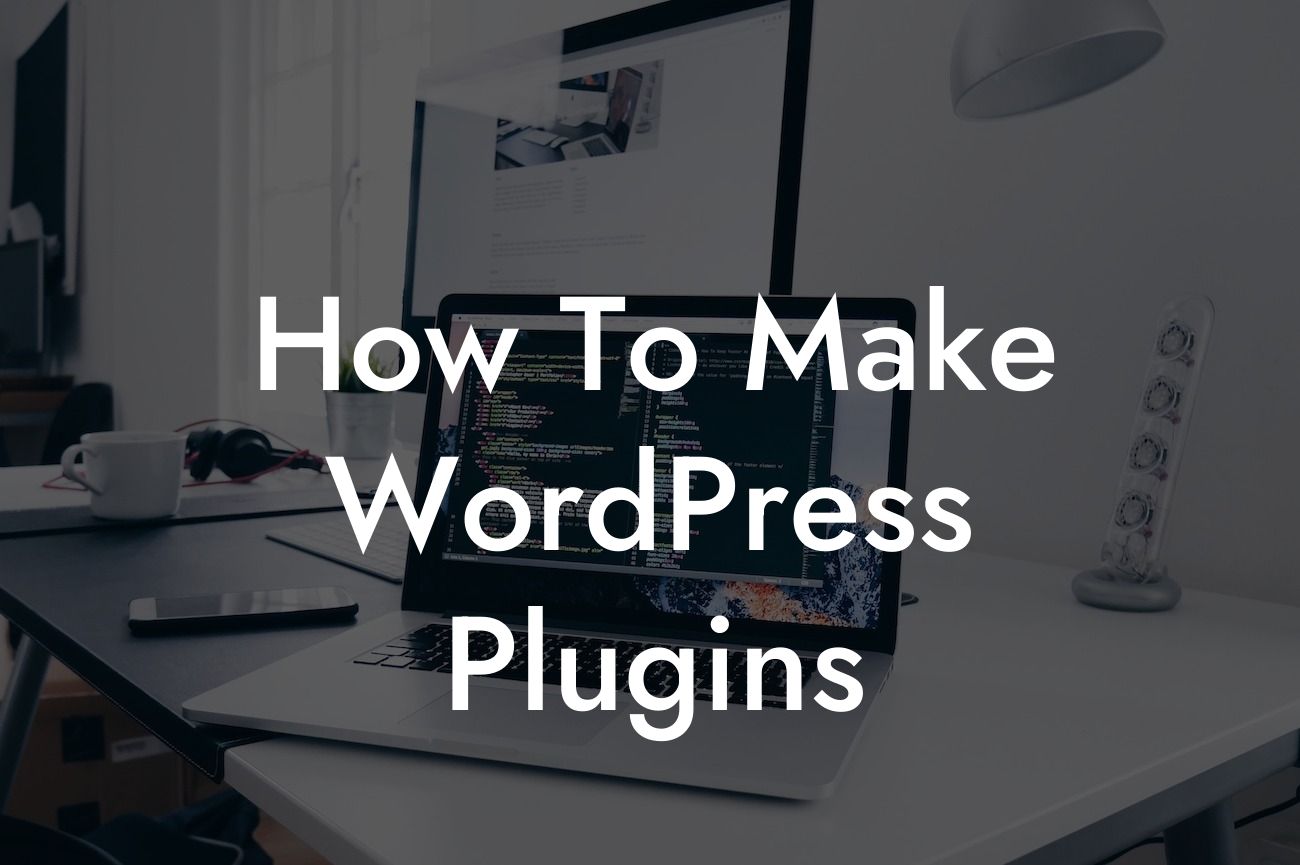WordPress plugins are powerful tools that can enhance the functionality and performance of your website. Whether you're an entrepreneur or a small business owner, creating your own custom WordPress plugins can elevate your online presence and supercharge your success. In this guide, we'll provide you with a step-by-step process to create amazing WordPress plugins that cater specifically to your needs.
Creating WordPress plugins requires a combination of technical skills, creativity, and problem-solving abilities. In this section, we'll break down the process into simple steps that anyone can follow, regardless of their coding experience.
1. Define Your Plugin's Purpose:
Before diving into coding, it's crucial to define the purpose of your plugin. Identify the problem you want to solve or the feature you want to add to your website. This clear vision will guide you throughout the development process.
2. Plan and Design:
Looking For a Custom QuickBook Integration?
Create a detailed plan and design for your plugin. Map out the plugin's functionality, features, and user interface. This will help you stay organized and stay on track during the coding phase.
3. Set Up a Local Development Environment:
To start coding your plugin, set up a local development environment using tools like XAMPP or MAMP. This will allow you to design, test, and debug your plugin locally without affecting your live website.
4. Learn the Basics of WordPress Plugin Development:
Familiarize yourself with the basics of WordPress plugin development. Understand the folder structure, hooks, and filters that form the backbone of WordPress plugins. This knowledge will lay the foundation for your coding journey.
5. Begin Coding:
Start coding your plugin by creating a new folder within the WordPress plugins directory. Write the necessary PHP code and utilize the appropriate hooks and filters to integrate your plugin into WordPress.
6. Test and Debug:
Regularly test your plugin by activating it on your local development environment. Validate its functionality, fix any bugs or errors, and ensure it works seamlessly with your website.
How To Make Wordpress Plugins Example:
Let's take a concrete example to illustrate the plugin development process. Imagine you run an online store and want to create a plugin for a custom checkout process. The plugin would allow customers to choose from various payment gateways, apply discount codes, and display real-time order summaries. By understanding your users' needs and using the right hooks and filters, you can develop a powerful plugin tailored specifically for your online store.
Congratulations! You've learned how to create amazing WordPress plugins that can transform your website. By applying these steps and staying dedicated, you can craft unique solutions that resonate with your target audience. Don't forget to share this article with fellow entrepreneurs and small businesses who can benefit from custom plugin development. Explore more insightful guides on DamnWoo and try one of our awesome plugins to supercharge your online success today.













